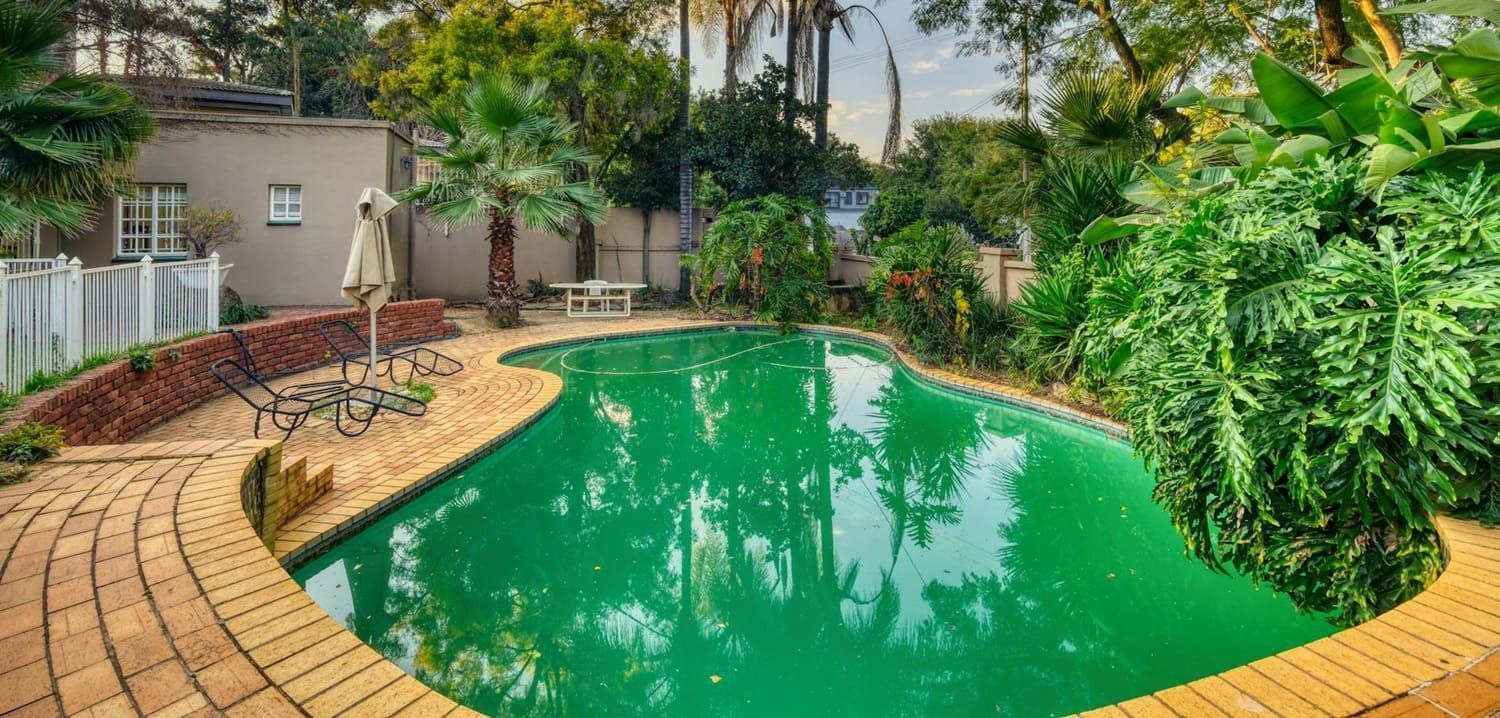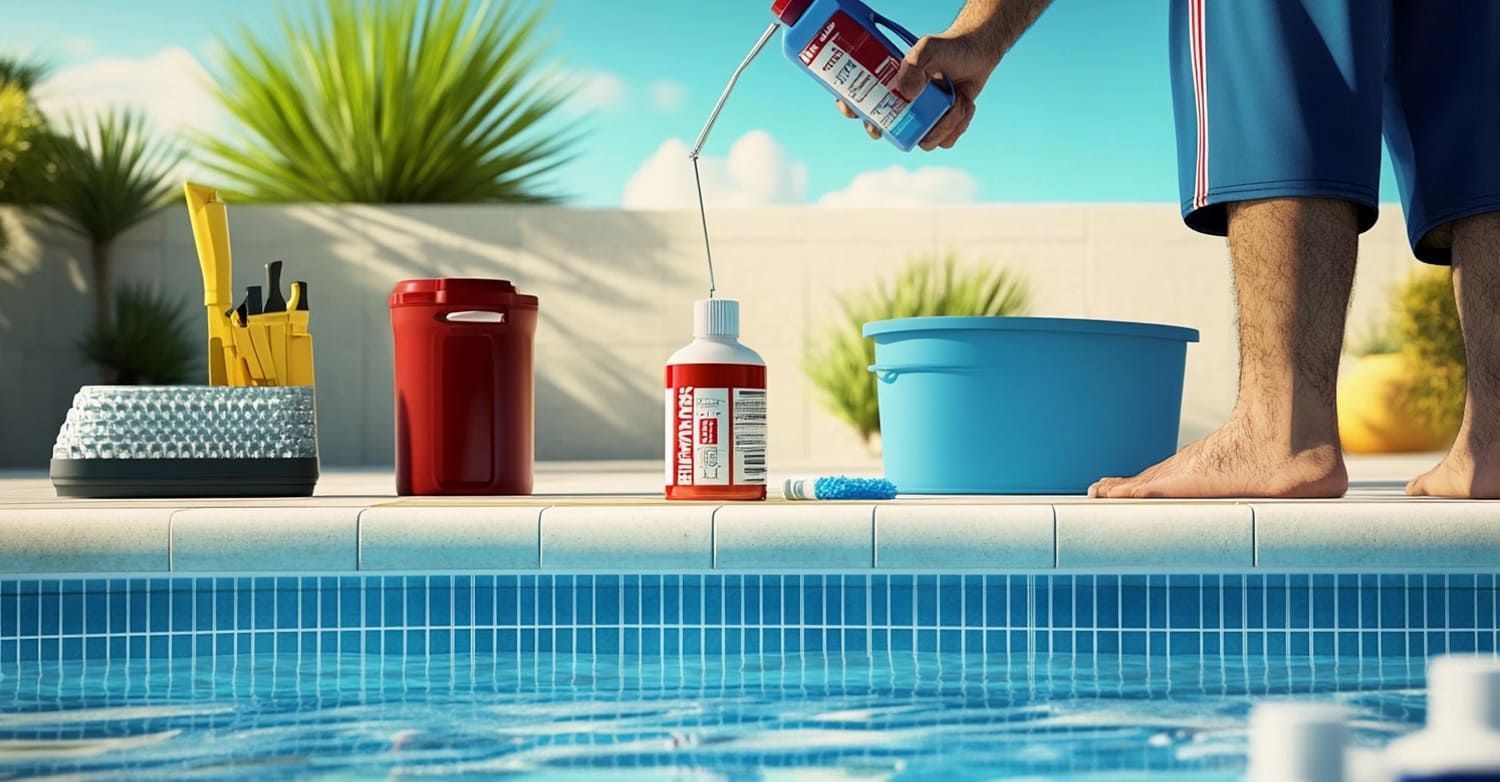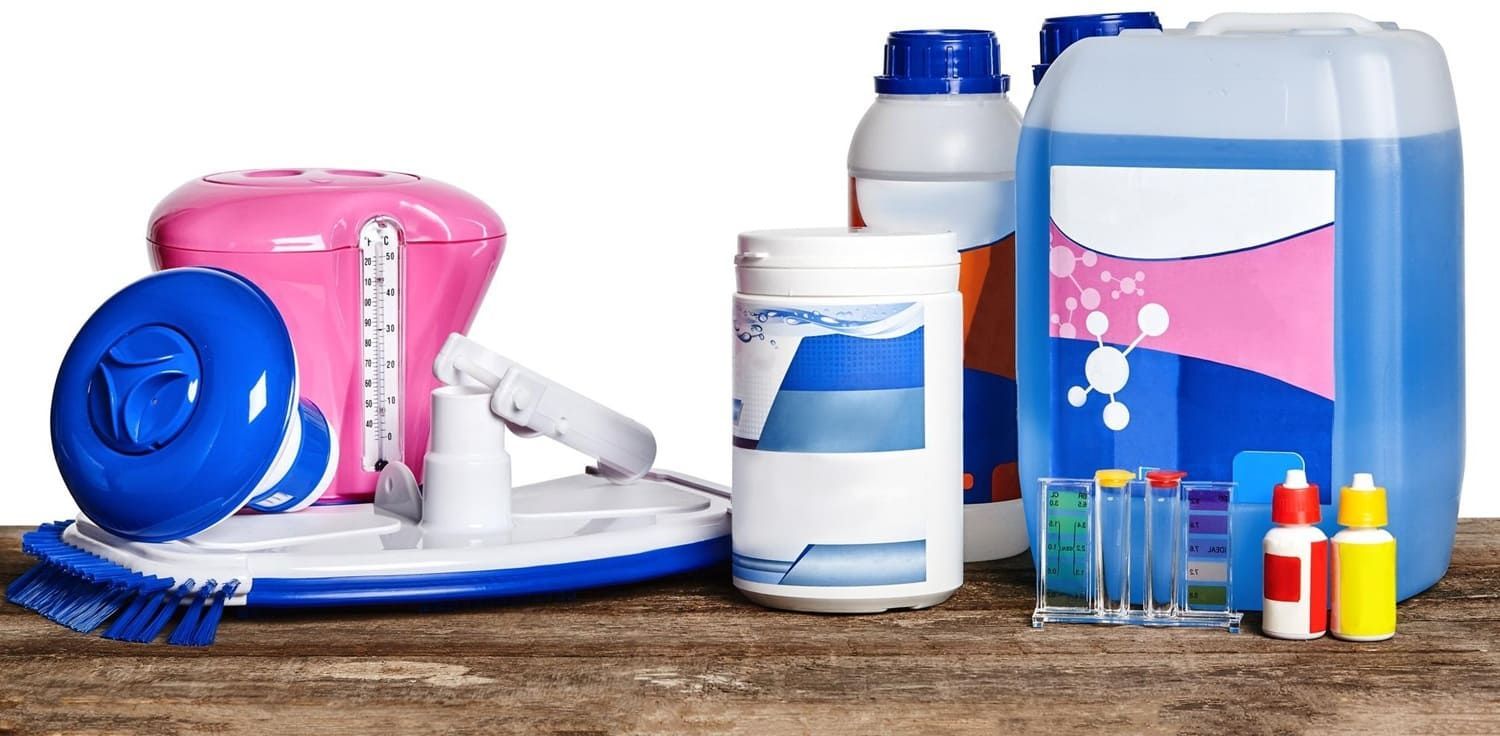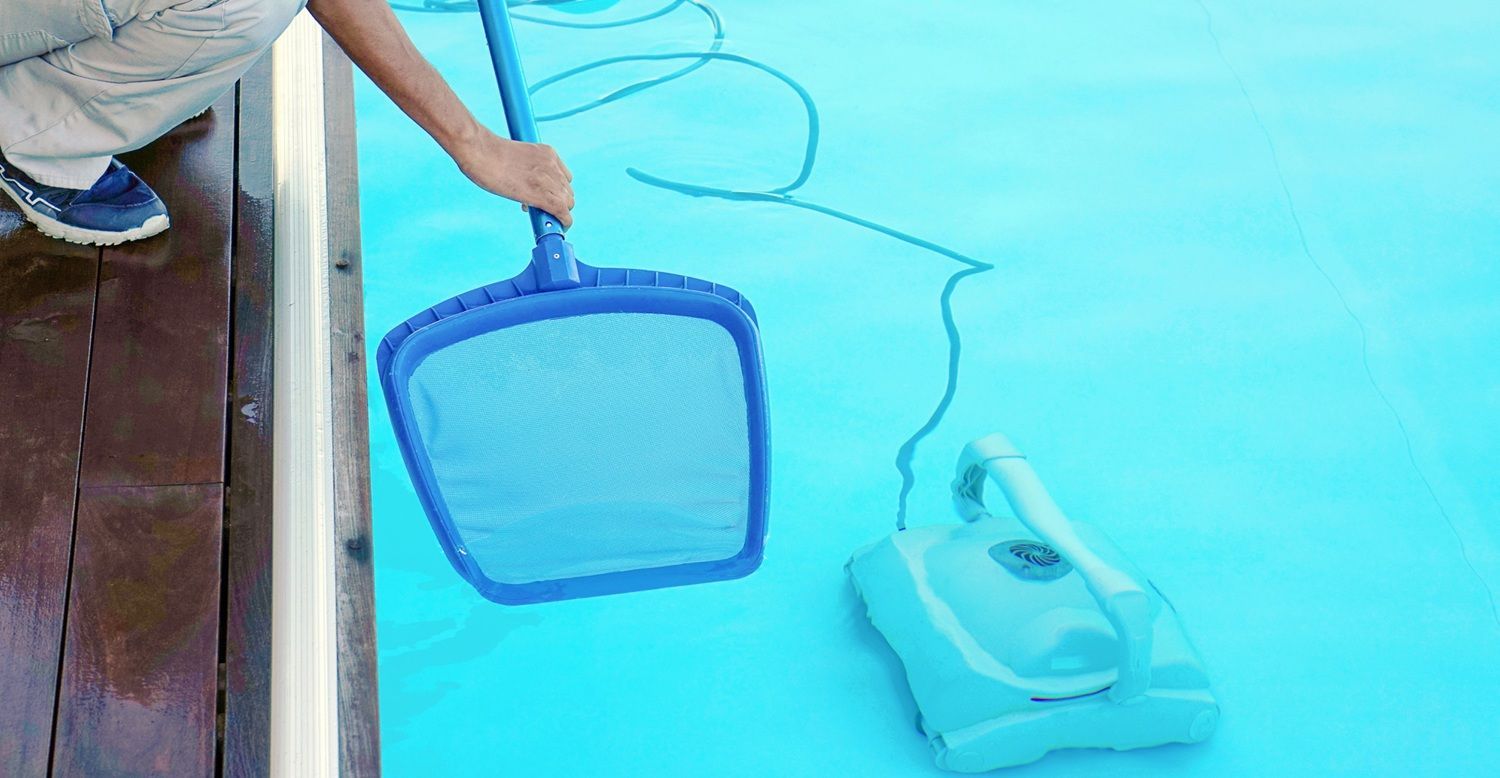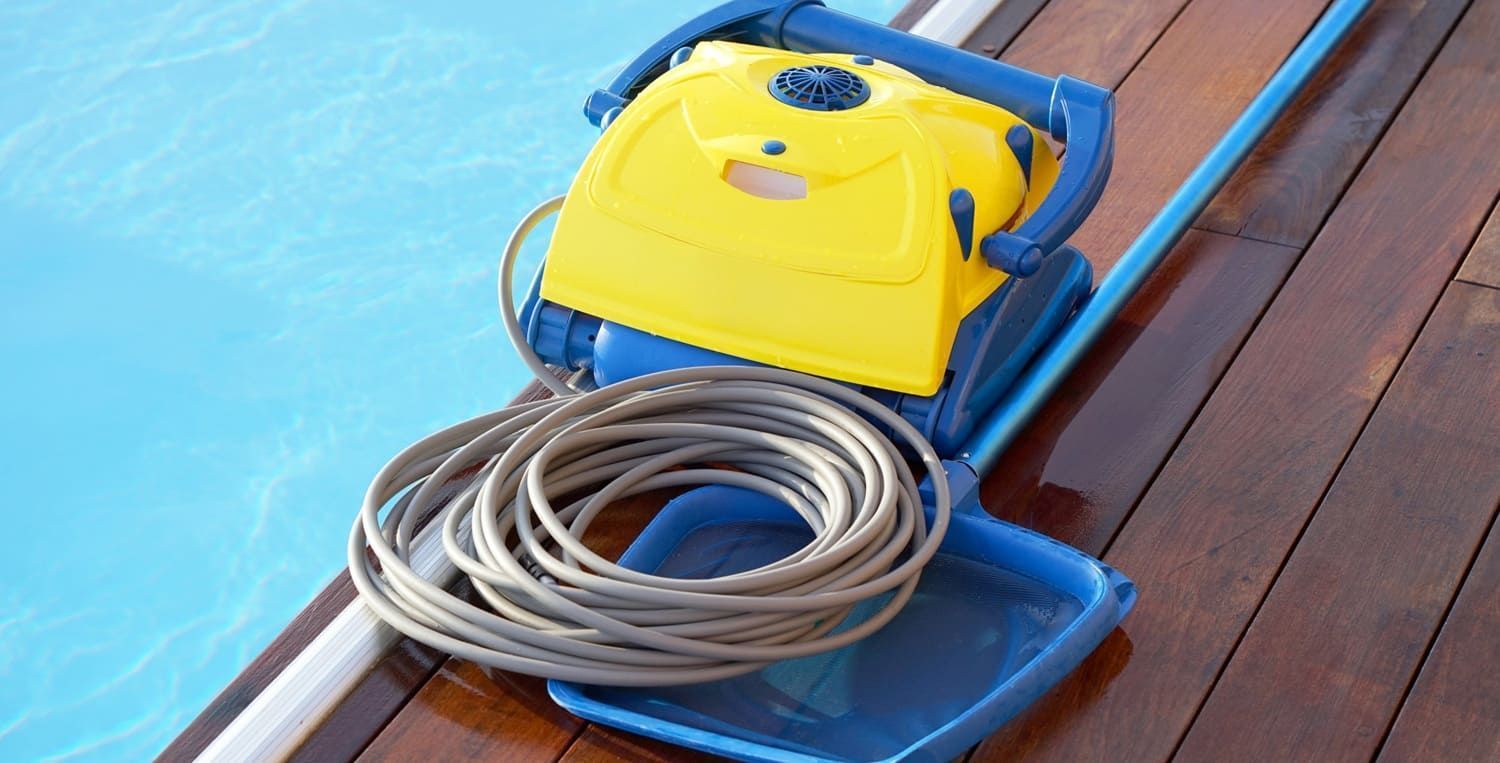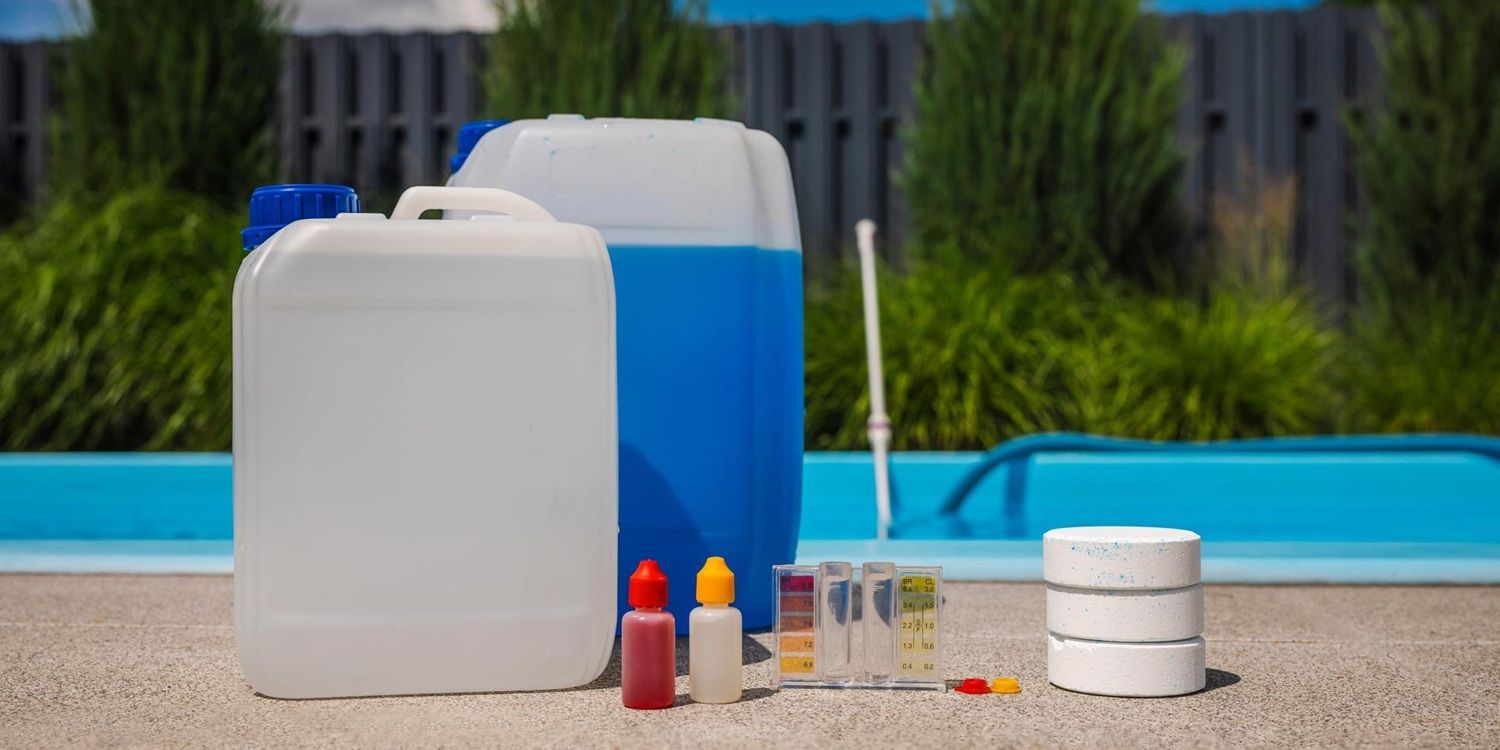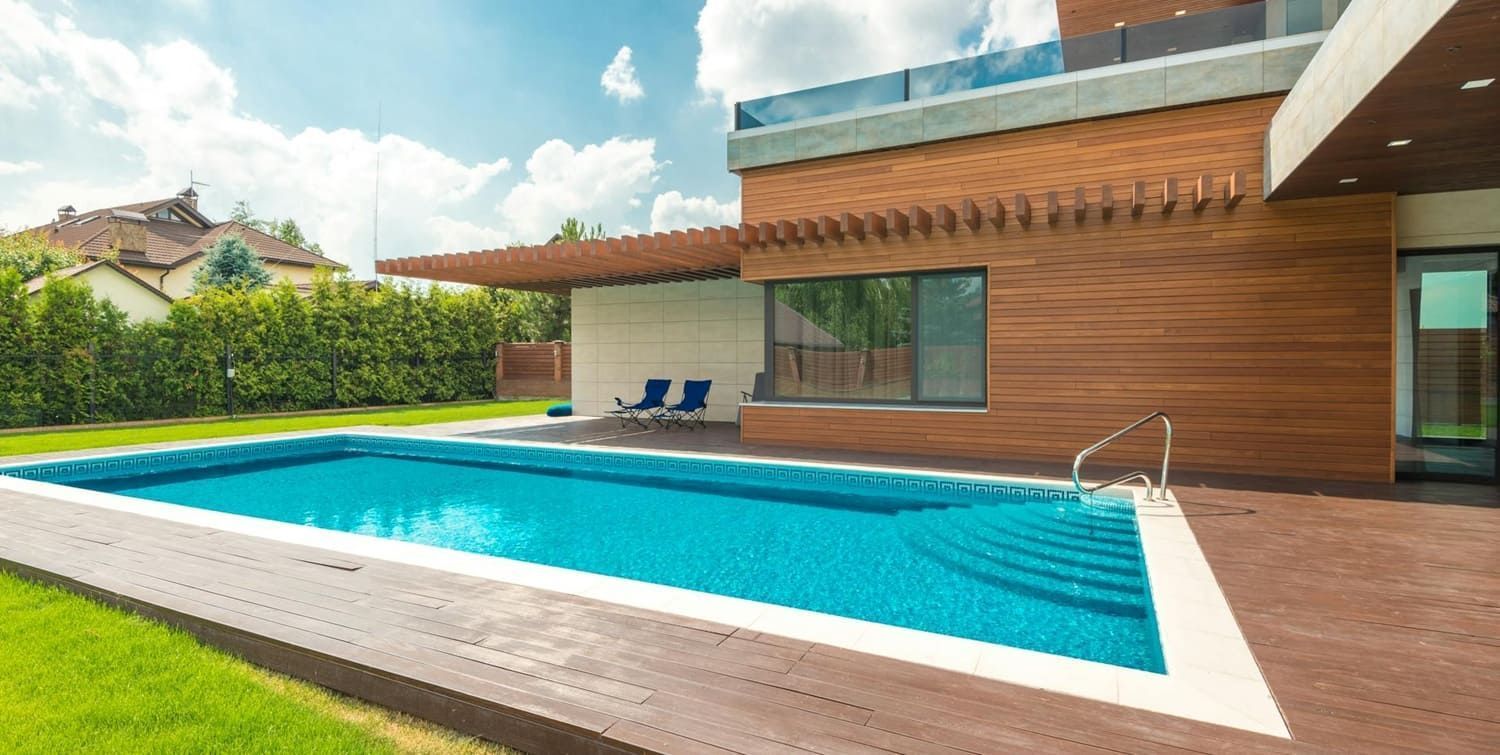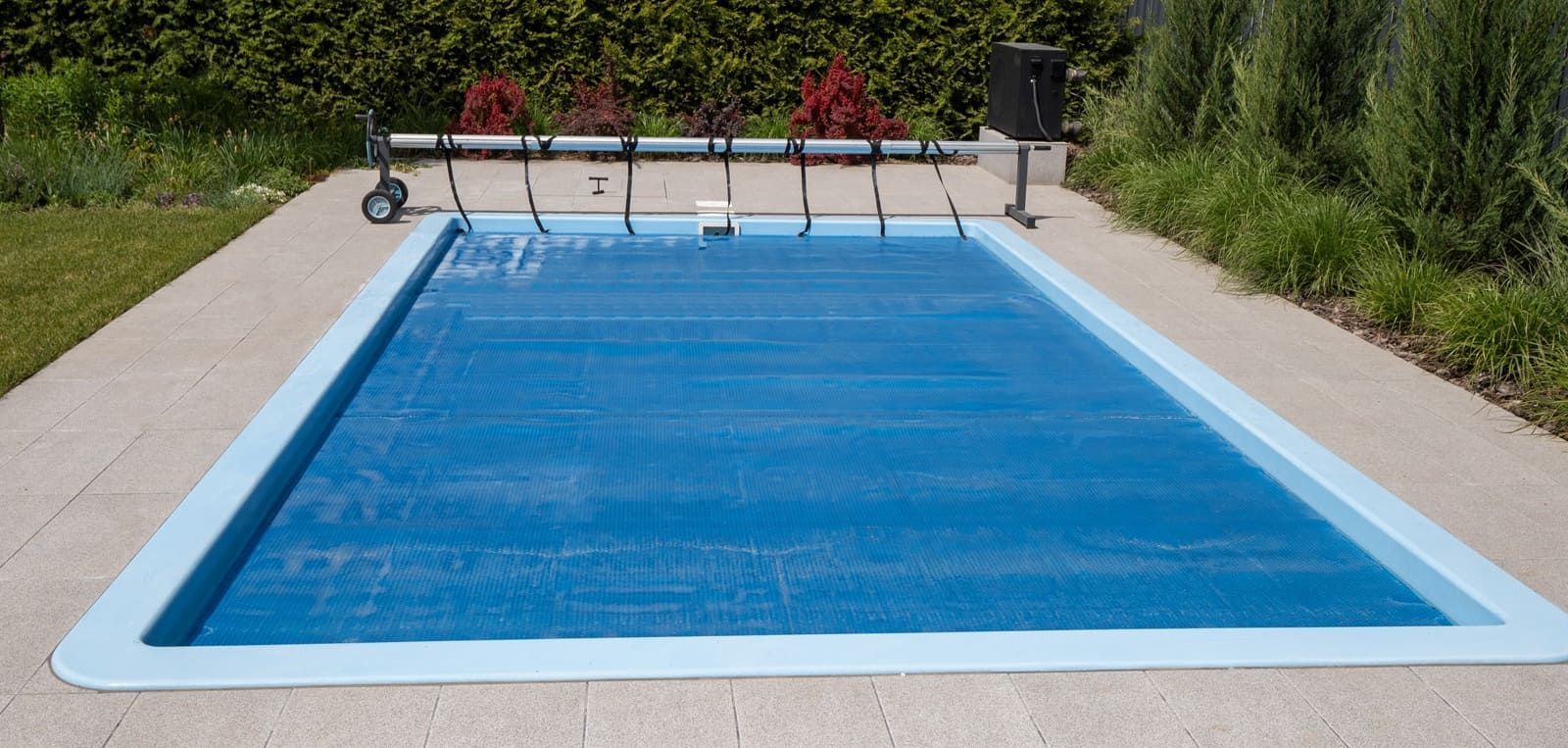How to Open a Pool and Get it Ready for Summer
Spring has arrived and that means summer is almost here! Here's how to open a pool and get it ready for those first few cannon balls.
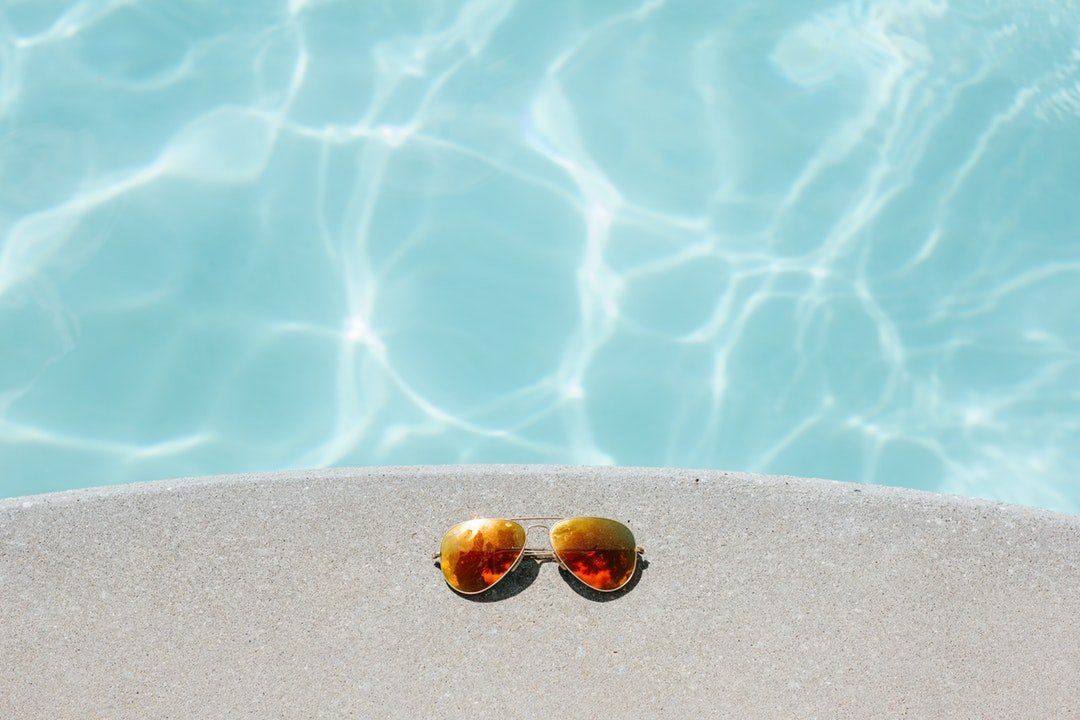
There are over 10 million residential swimming pools in the United States. In fact, swimming is one of the most popular sports in the country.
That means eager swimmers will be lining up at your pool as summer approaches.
But there's a lot to do before your pool is summer-ready.
Not sure what to do?
Take a look at this complete guide to learn how to open a pool and make it safe for swimmers.
Clean out Any Debris
Remove the Pool Cover
If your pool cover has a large amount of water puddled on the top, you'll have to remove it with a cover pump. Just set it up and let it do the work for you.
Then remove the pool cover.
Have someone else help you with this step. It makes the process much easier and faster.
And don't worry if some debris falls into the pool when you remove the cover. This is normal. You will clean out the inside of the pool later.
Adjust the Water Level (If Needed)
You might need to add some water to fill the pool back up to the right level.
Not sure if your water level is low?
Check the skimmer. The water should reach the middle of the skimmer opening. If it doesn't your pump won't work properly and your pool won't have proper circulation.
Make Sure All the Pool Equipment Is in Working Condition
Give your pool equipment a once over to make sure everything is in working condition. This should include your pumps, hoses, filters, and more.
If you winterized your pool for the cold months, make sure you reconnect the necessary pool equipment, such as your pump, filter, and heater. You may also have to take out any winterizing plugs from your return lines and skimmer.
But don't forget about other pool features. Make sure your ladders, handrails, diving boards, slides, etc. don't have any damage. Even small damages can make them unsafe to use.
Start the Filtration System
Now it's time to turn the pool equipment back on.
Start by priming the pimp and getting the filtration system back up and running. You should also open the air relief valve (if you have one) to let extra air get out of the system.
Let your filtration run for several hours—two at the very least—before you do anything else.
Test the Water
After the filtration system has been running for a few hours, you need to test the water. When you do this, you'll be checking three things: Total Alkalinity, the pH level, and the Chlorine level.
Here's a closer look at each step below.
Total Alkalinity
Balancing your Total Alkalinity should help take care of any pH or Chlorine problems.
Use some dry acid to lower your Total Alkalinity if it's too high. If it's too low, you can use some baking soda to get it back up. (Don't use the baking soda you keep in your kitchen. Make sure you buy a product design for pool Alkalinity.)
pH Level
The pH level in your pool should be around 7.4 to 7.6. If it's still lower or higher than that after you balance the Total Alkalinity, you'll need to adjust it.
Again, use some dry acid to lower your pH if the level is too high. You can also use soda ash to raise your pH level if it is too low.
Chlorine
The chlorine level in your pool should be somewhere between 2.0 and 4.0 ppm. If it's any higher or lower, you'll need to get it back to comfortable and safe levels before you open your pool.
It's easy to add more chlorine if the level is too low. However, lowering the chlorine level is harder.
The best way to lower your chlorine level is to leave your pool open under direct sunlight for a few hours. The sun will eat away at the chlorine, so after a few hours, the level should drop.
Vacuum and Brush the Pool
Once your chemicals are at the right levels, it's time to give your pool a good cleaning. This will remove any last debris still stuck inside your pool.
Use a pool vacuum and a brush to clean both the sides and the walls. Make sure you spend extra time around ladders, slides, diving boards, and steps.
Run the Filtration System Overnight
Shock the Pool to Remove Any Remaining Bacteria
Wait until the next day to shock your pool. Shocking your pool will remove any contaminants left in your water. It's the last step you have to do before you're ready to open the pool to the public.
You can use a number of chemicals to shock your pool. Pick between Calcium Hypochlorite, Lithium Hypochlorite, or Dichlor. Read the instructions on whatever option you choose to learn how much to use and how long you have to wait before you can start swimming.
How to Open a Pool and Get It Ready for Summer
If you don't know how to open a pool for the summer, the process can seem daunting. But it doesn't have to be hard. All you have to do is make sure the equipment is working, clean out the pool, and test your water.
Does your pool need some other work done before it's ready for summer?
Click here to learn how to calculate the cost of resurfacing and plan for the project.
Recent Posts
